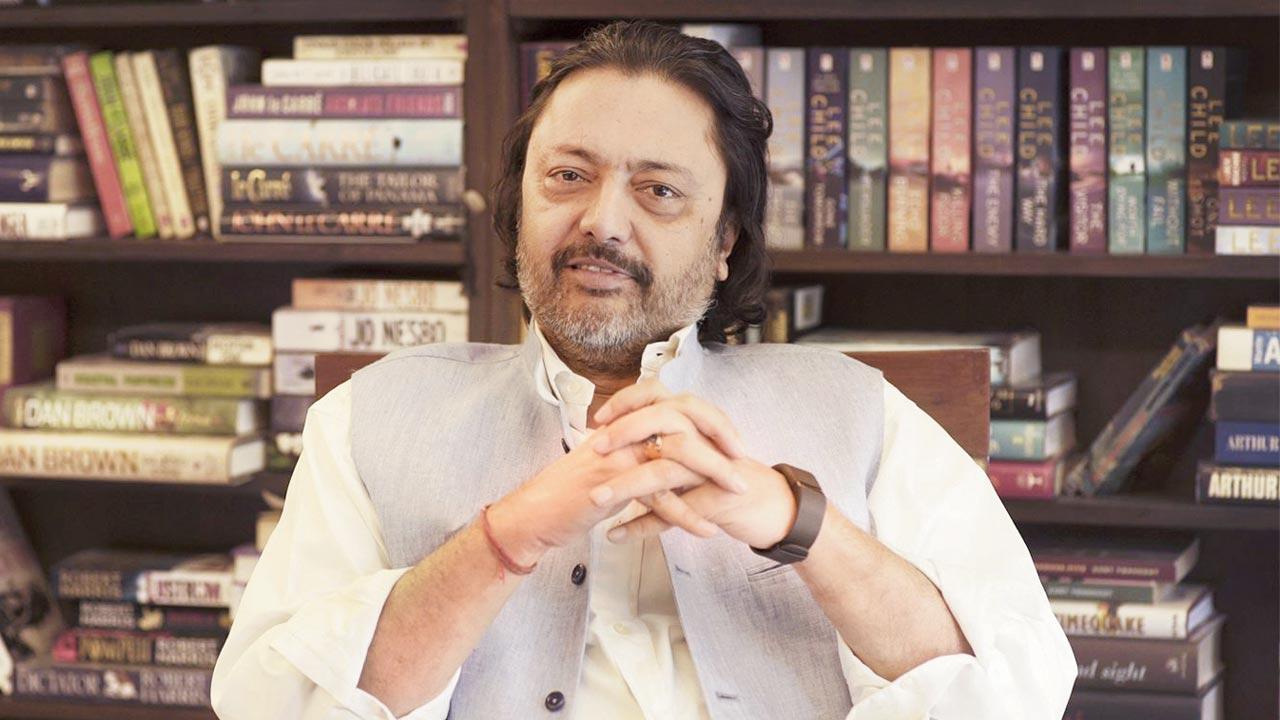A non-profit lauded for its efforts in archiving Urdu language and literature is now expanding to preserve the oral and written traditions from Rajasthan, which have suffered the neglect of time

Around 4,000 works of over 400 Rajasthani writers, including modern and classical literature have been digitised, as part of the Anjas initiative
It was a deep passion for Urdu poetry that motivated Delhi-based entrepreneur Sanjiv Saraf to learn the language, and launch the non-profit, Rekhta Foundation, in 2012. Today, boasting of one of the largest archives of Urdu poetry and literature, Rekhta.org offers a wide array of e-books, that hold the works of legendary prose and poetry writers, and a treasure of sher and shayari. The jewel in this crown is their trilingual dictionary, which offers a comprehensive collection of Urdu words, and one which this writer often turns to when curious about an interesting word that we’ve overheard, or to learn a new turn of phrase. Like yaum-e-aazaadii that popped up this week on the Rekhta dictionary, and which means independence day, or day of liberation from slavery.
ADVERTISEMENT
Rekhta’s latest initiative is Anjas, which hopes to ignite the “revival and rejuvenation of Rajasthani language and tradition by Rajasthani people”. “Owing to its exclusion from the Eight Schedule of the Constitution [which lists the official languages of India], Rajasthani has been absent from schools, universities and public life, in general. While there are more than six crore Rajasthani speakers [as per the Census of 2011], the only way to learn Rajasthani is as a mother tongue,” says Saraf, Rekhta’s founder.
 Sanjiv Saraf
Sanjiv Saraf
Rajasthani, he explains, is a language as old as 9th century AD, with oral and written art, literature and culture. “The earliest mentions of Rajasthani are found in the 8th century AD, and texts in Rajasthani are found from as early as the 13th century AD. The language has a rich tradition of written literature over the years, in both poetry and prose in all the dialects [see box]. We are on a vital turn of evolution where the mode of preservation is changing. What would be a more accurate time to feel this need [to start Anjas] if not now?” he asks.
Work on Anjas began last November. As of today, 4,000 works of over 400 writers, including modern and classical literature, have been digitised. “Rajasthani authors and poets are revered across the subcontinent. Its glory dates back to the times of poets like Chandbardai to authors like Vijaydan Detha in modern times. We started with digitising the literature available to us in text. This process is still ongoing. The data in the archive is monitored, proofread and processed by our editorial team.” The initiative, he says, will be as expansive as Rekhta’s efforts for Urdu. “We intend not only to invigorate the love for the mother tongue [among Rajasthani speakers], but also to help the non-native speakers learn and access the literary tradition.”
But Saraf explains that most of the cultural heritage of Rajasthan is “lived by its people in their day to day, and digitisation is not enough to preserve this”. To overcome this challenge, the team also simultaneously launched the Oral Memory Project, which involves top linguists and anthropologists. “It’s the most urgent of our interventions. The wealth of Rajasthan’s cultural heritage and tradition is too vast to be preserved in texts. Due to the lack of institutional infrastructure, the multitude and richness of these traditions are fading with passing of time... If not preserved, these may be at the risk of extinction.” The memory project involves creating an archive of the vast orally transmitted traditions from food to music and lore.
Apart from archiving, the team has also started an online academy, devoted to Rajasthani language teaching and research. The Seekho Rajasthani Project, which was recently initiated, offers a structured Rajasthani language teaching course. The first cohort is already in progress, with learners not just from India, but the USA, Belgium, Switzerland and Poland. “We will be organising Anjas Mahotsav in the coming months [scheduled for October this year] to bring artistes and people of Rajasthan together,” says Saraf, The festival, he hopes, will include panel discussions, presentations, and literary awards to encourage writers, poets and translators. “The challenge ahead is to comprehensively represent a vast body of content in an intelligible way for Rajasthani speakers as well as others. As Firaq Gorakhpuri said, ‘hayaal ko be-asar na samjho amal ki chingaariyaan hain ismein’ [Don’t underestimate the power of thought, for it contains the spark of action]. We can only hope for the best.”
The varied dialects of Rajasthan
Western Rajasthani: Maarvaadi, Bikaneri, Baagdi, Mewadi
North eastern Rajasthani: Ahirwati, Mewati
Dhundaadi: Jaipuri, Ajmeri, Kishangadhi, Tonrawati
Maalvi or Southern Rajasthani: Raangdi, Sodwaadi
Southern Rajasthani: Nimaadi
 Subscribe today by clicking the link and stay updated with the latest news!" Click here!
Subscribe today by clicking the link and stay updated with the latest news!" Click here!







